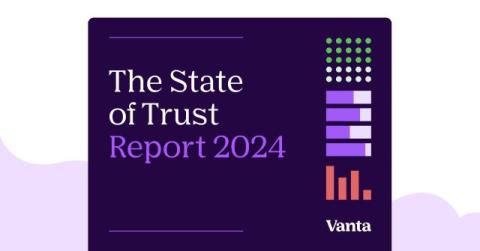Four Ways to Streamline Your Security Review Process
Security reviews of third-party vendors are now an essential element of an effective governance, risk, and compliance (GRC) function. After all, there have been numerous examples in recent years of organizations with an otherwise strong security posture falling victim to threats that originated with supply chain partners. But whether you are on the sending or receiving end of a security review, completing the process can be time-consuming and inefficient.











